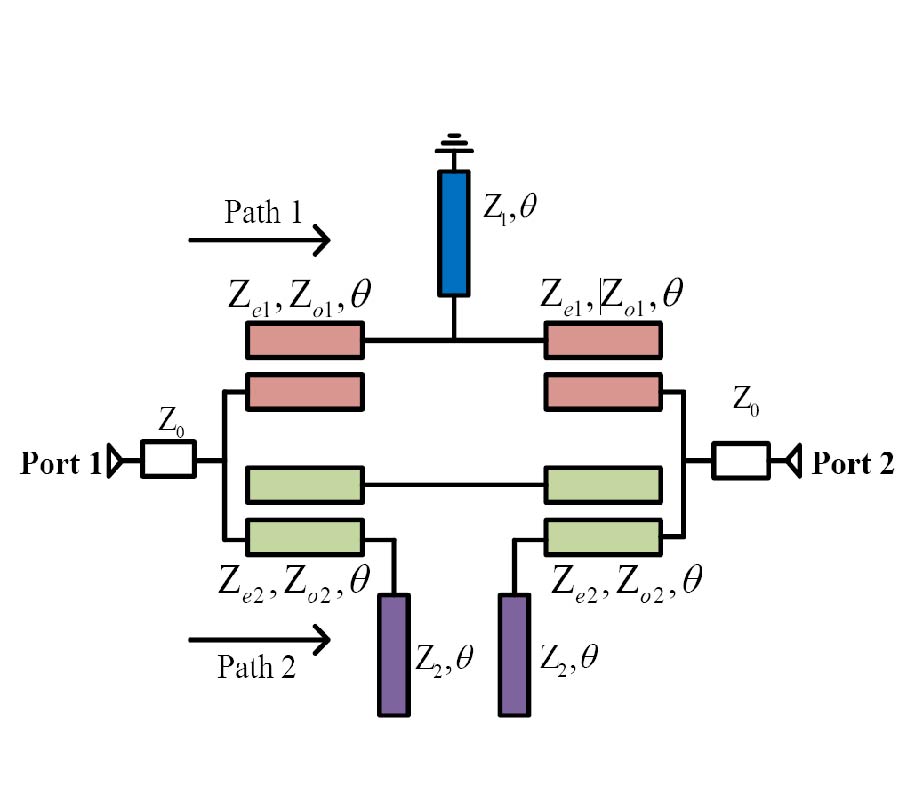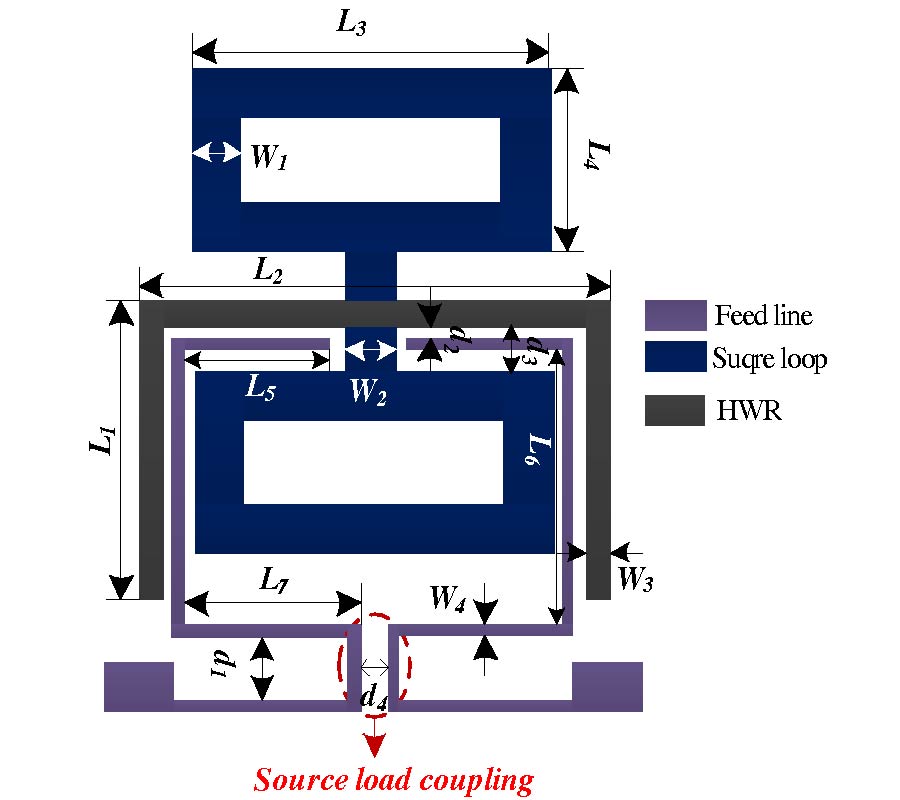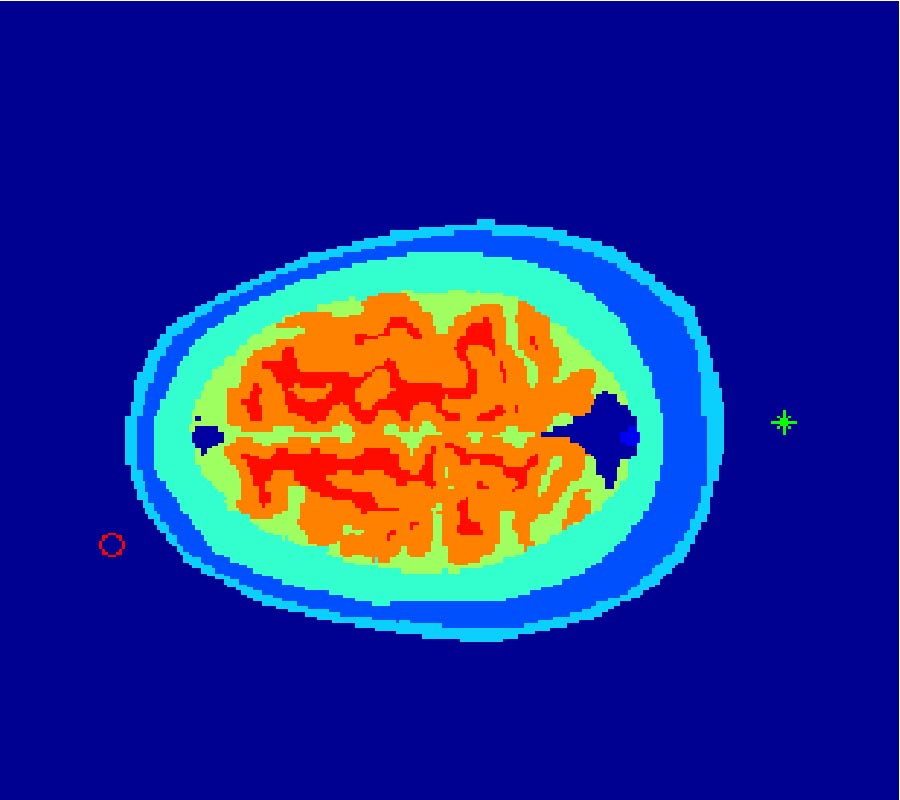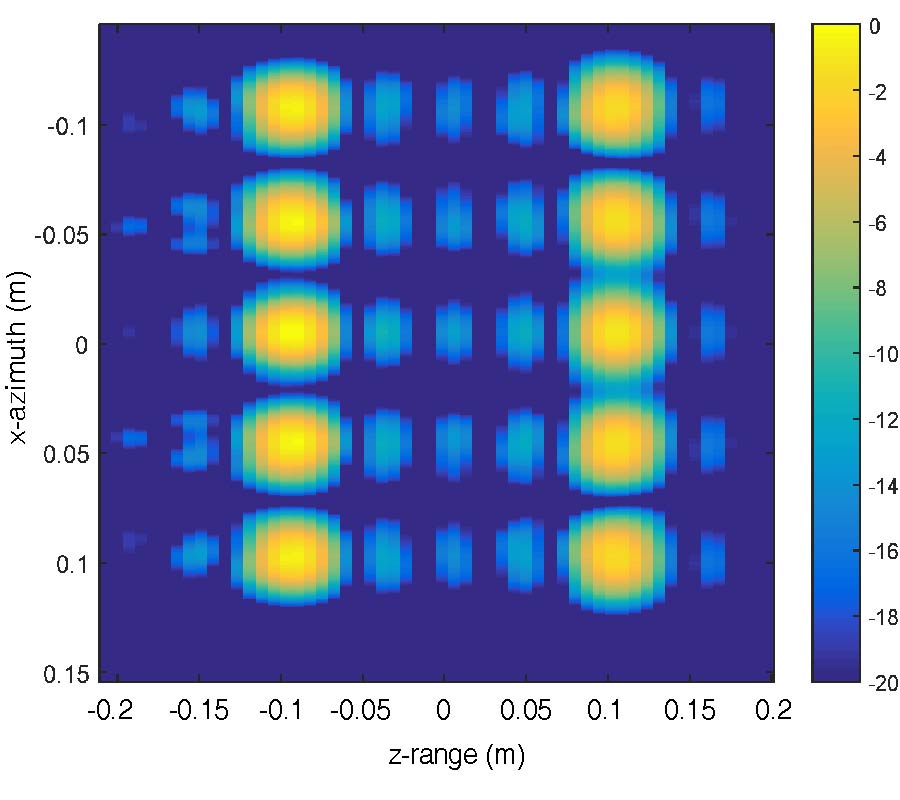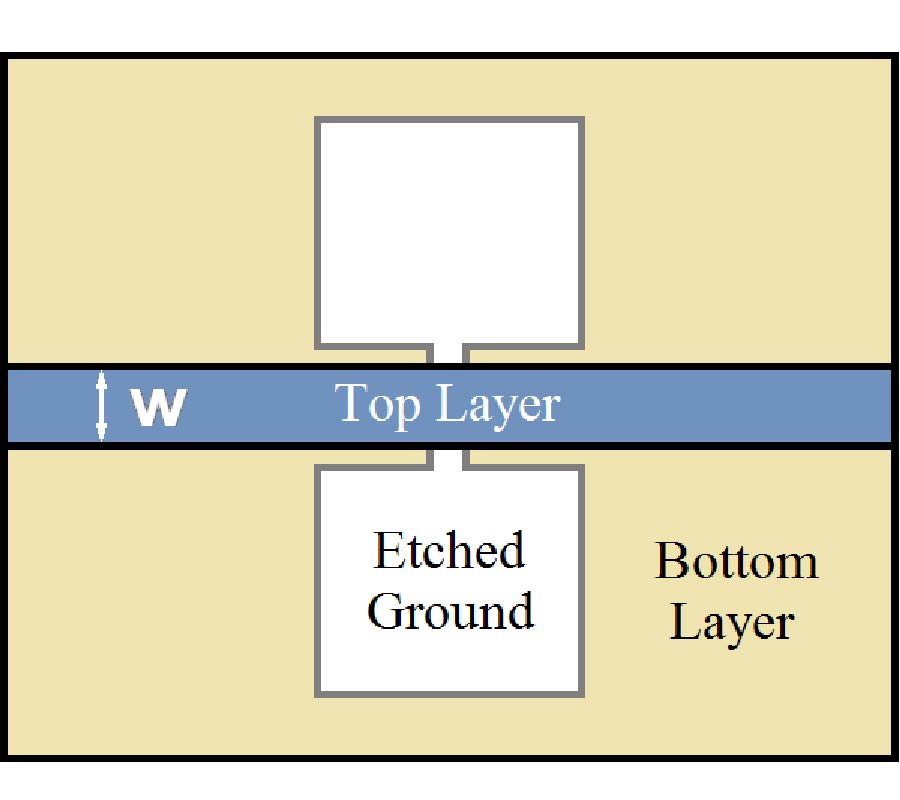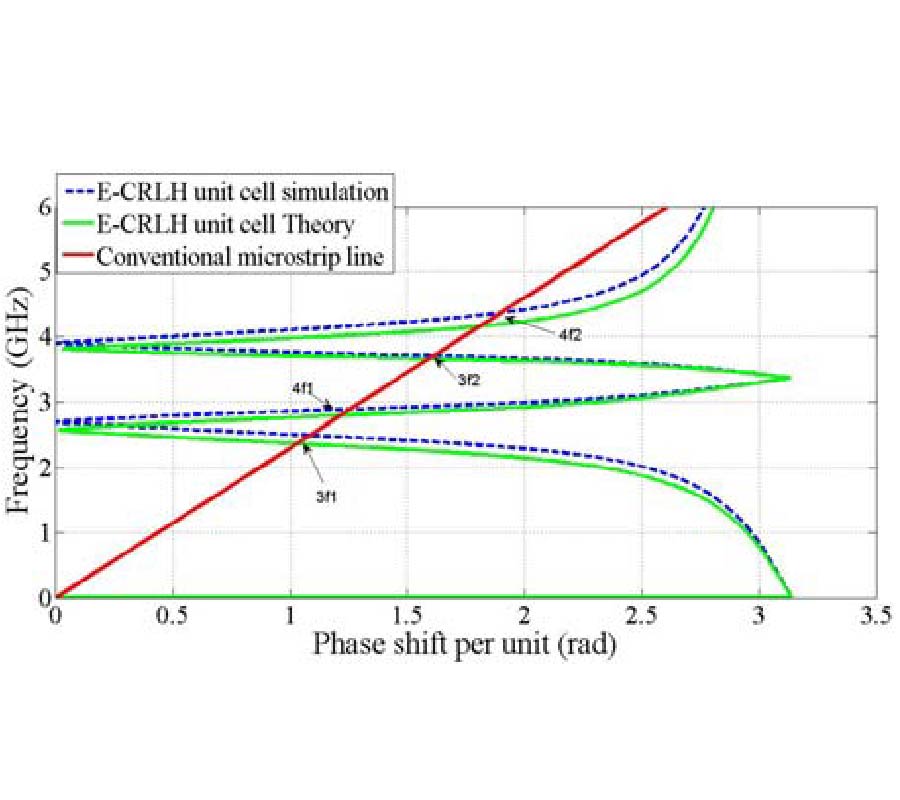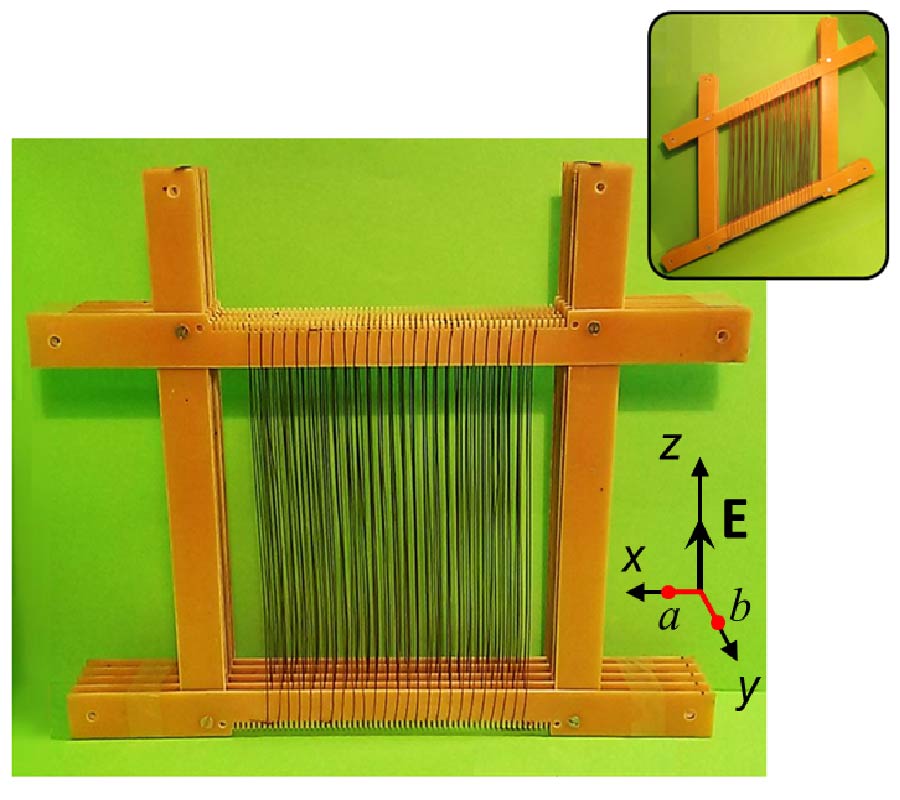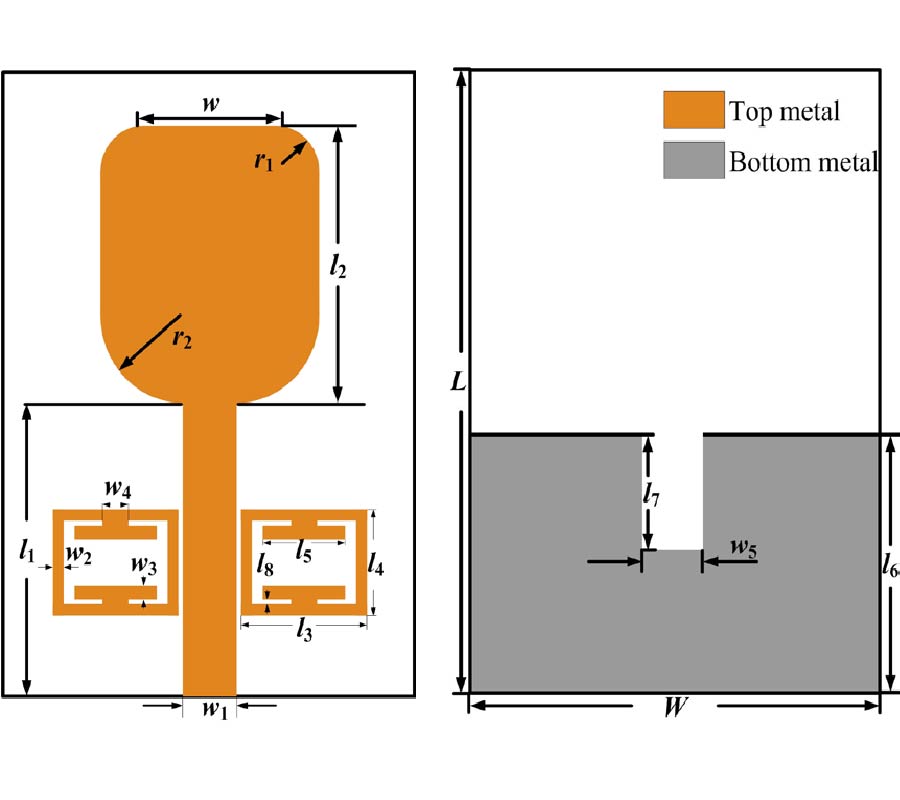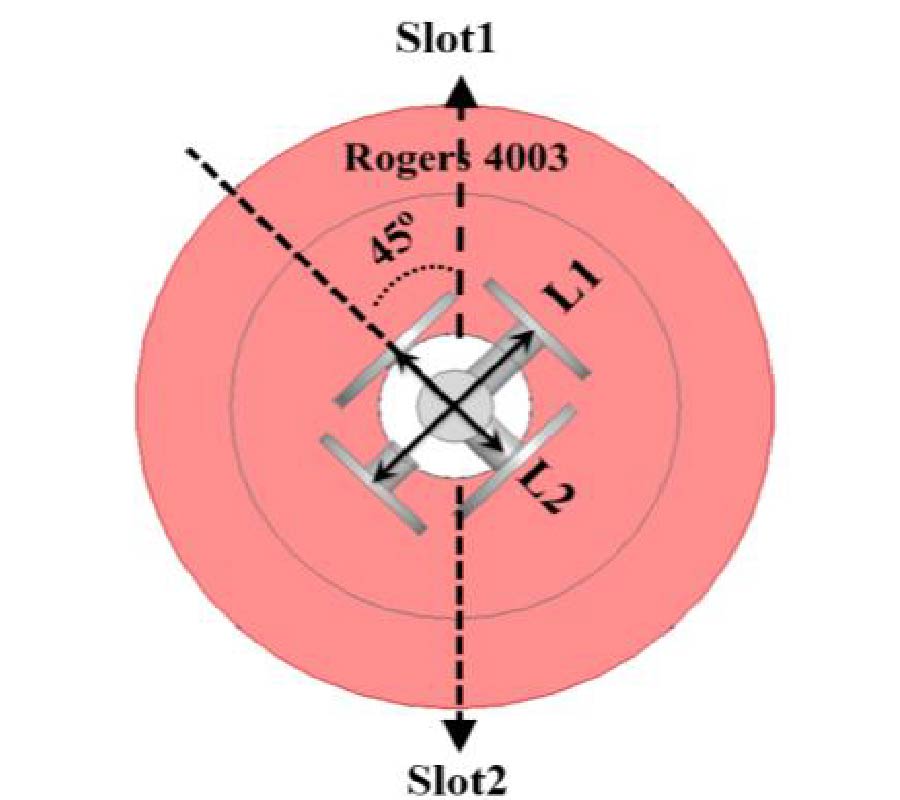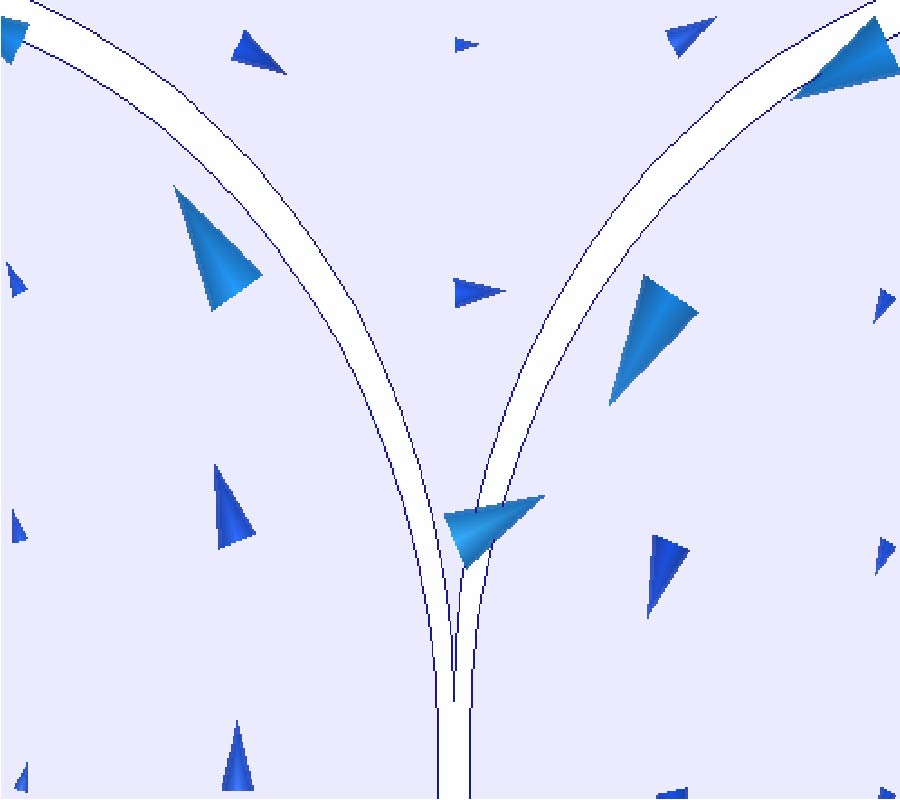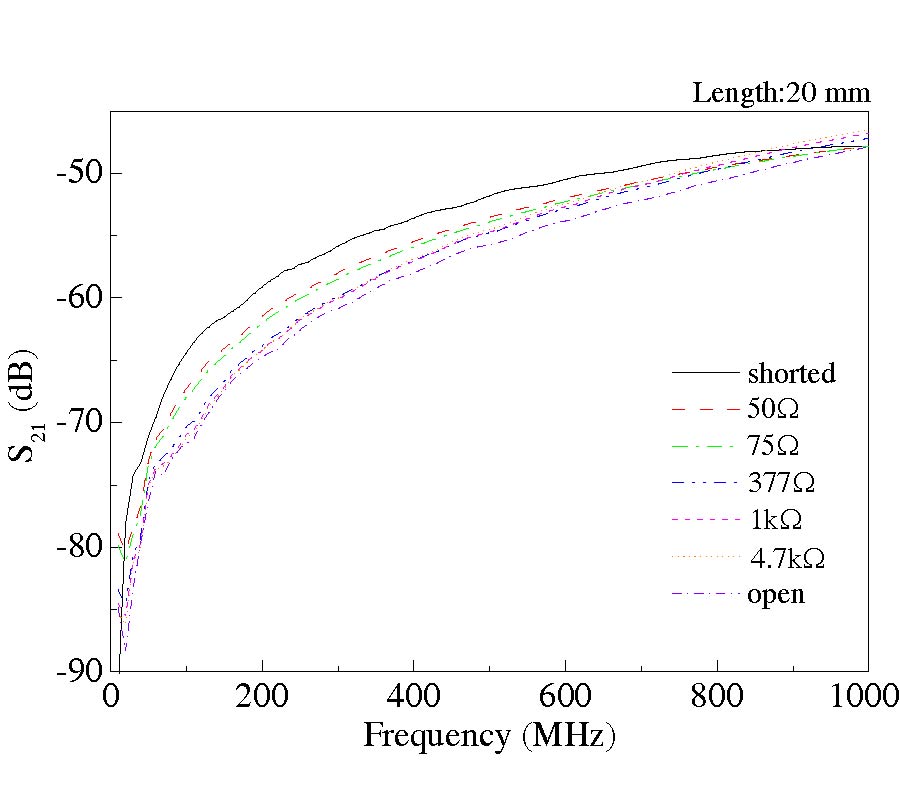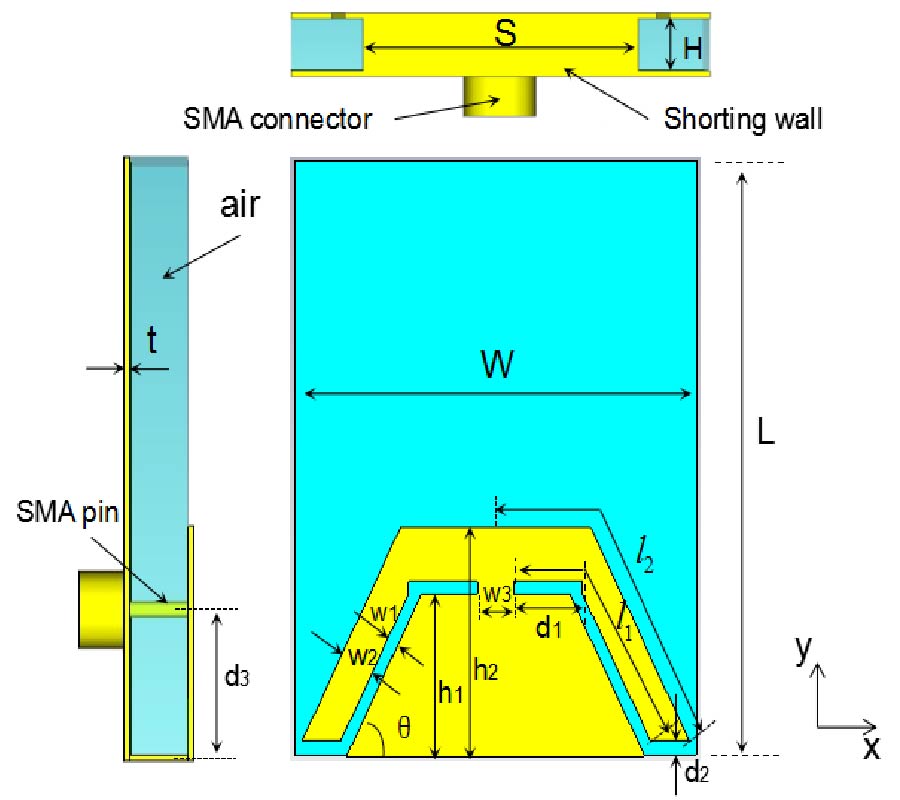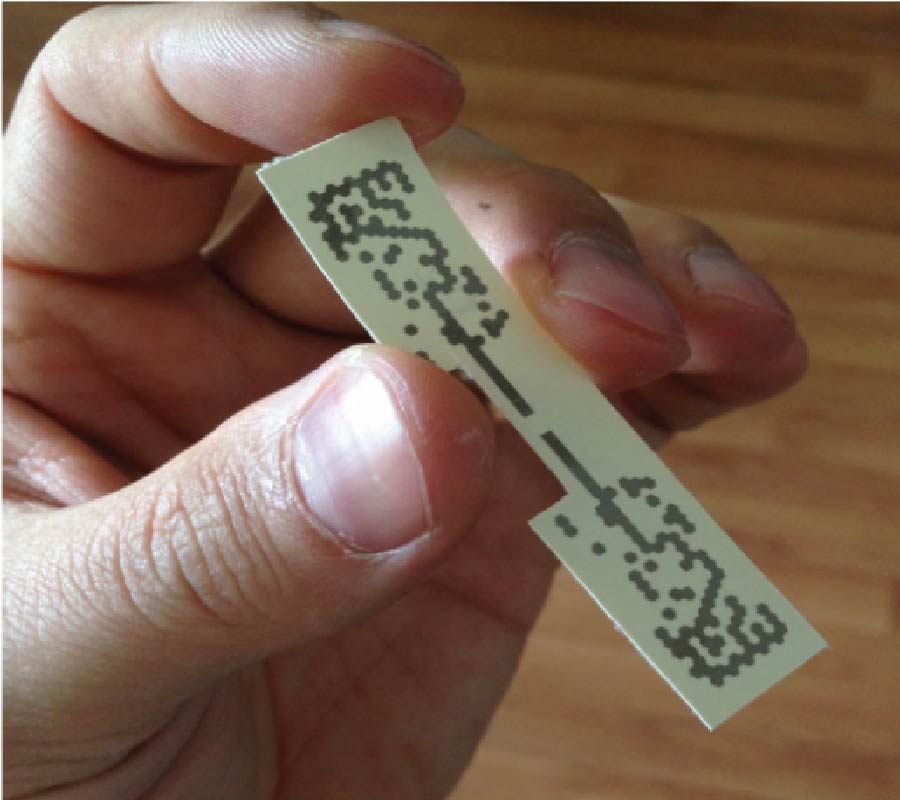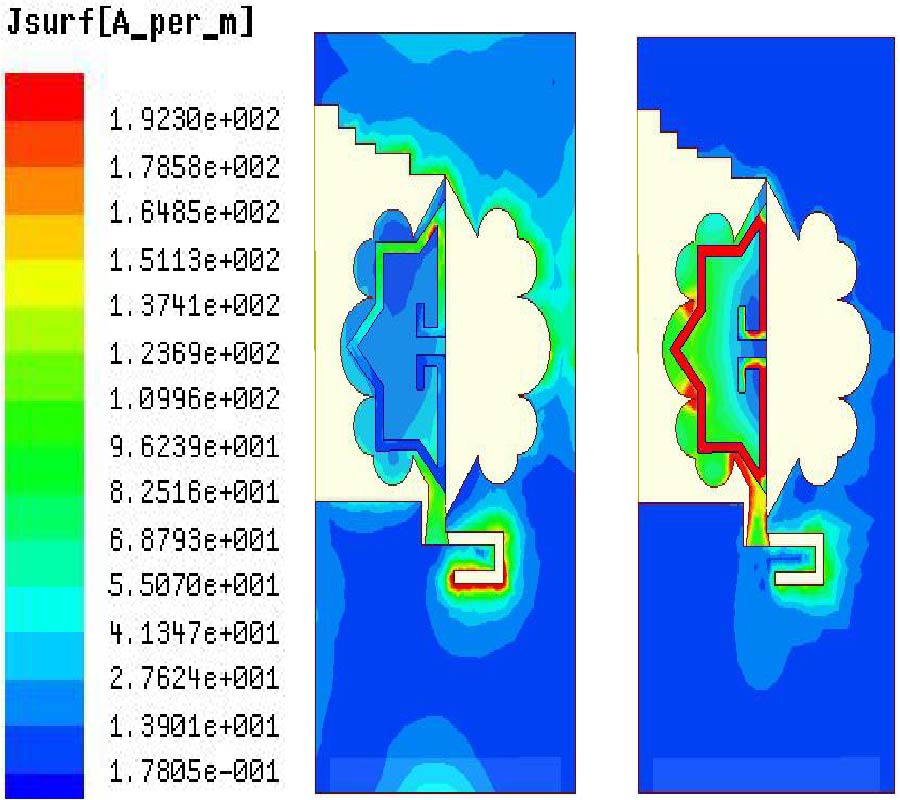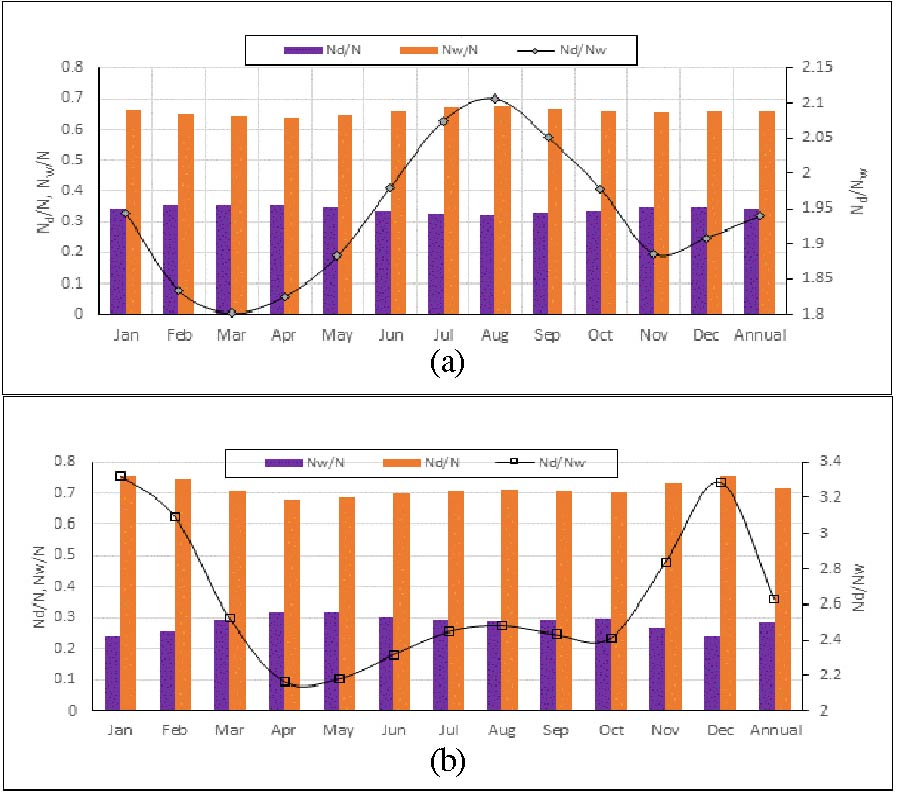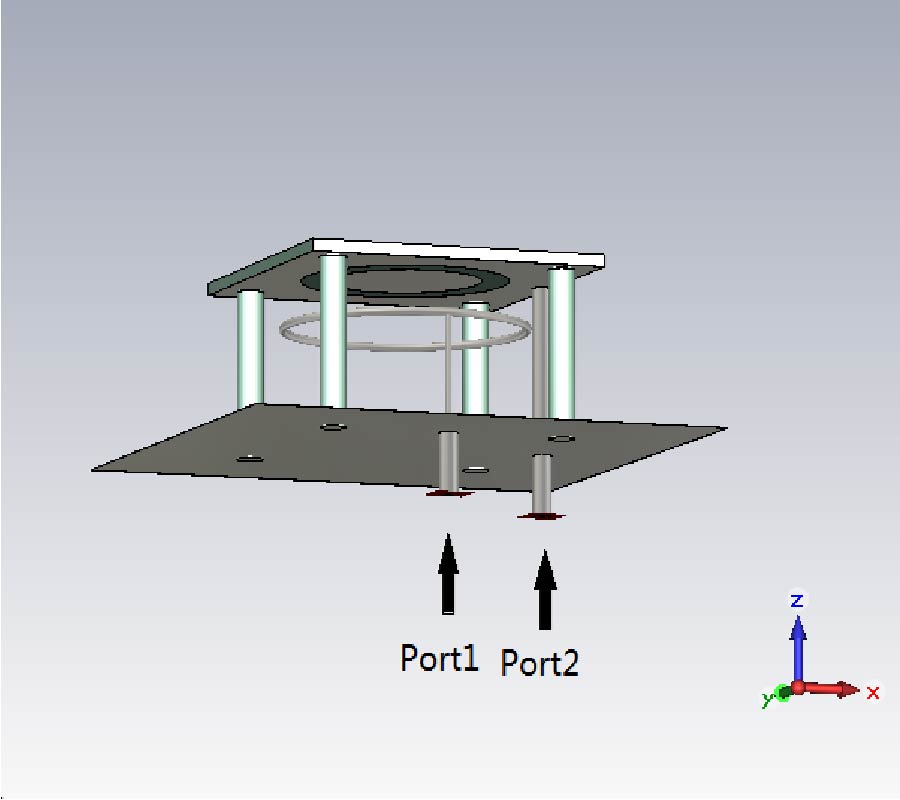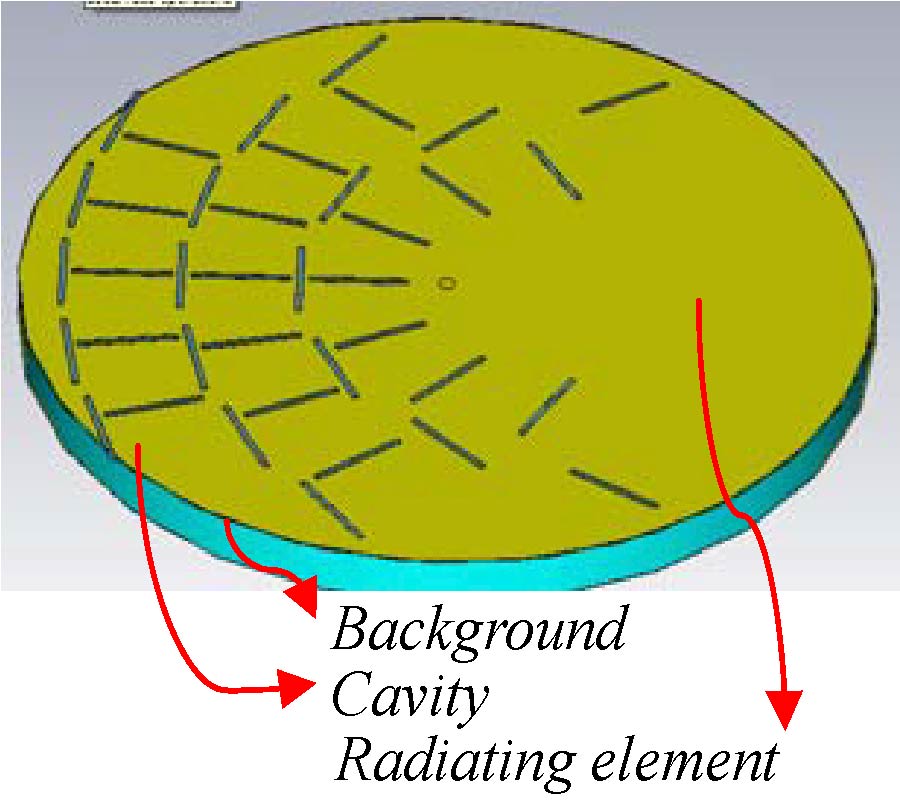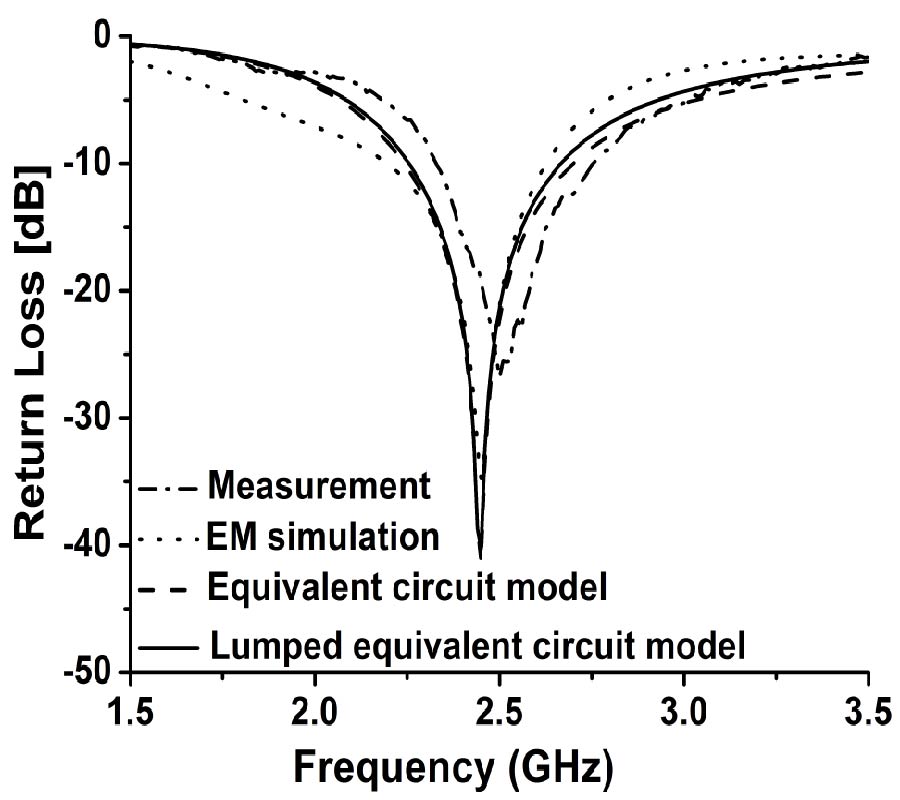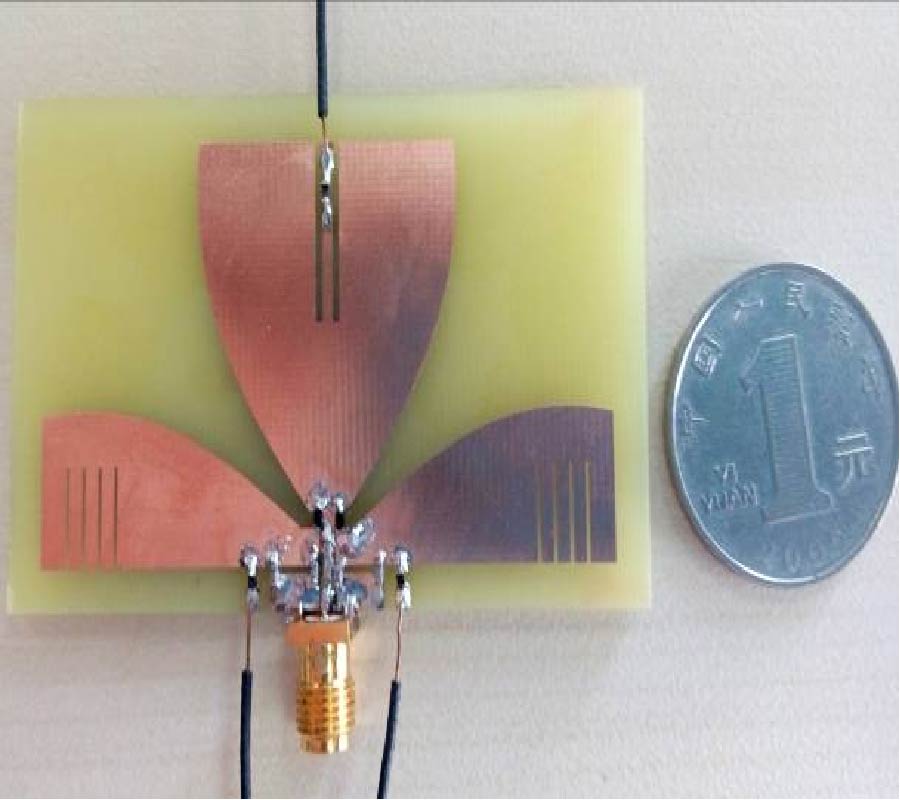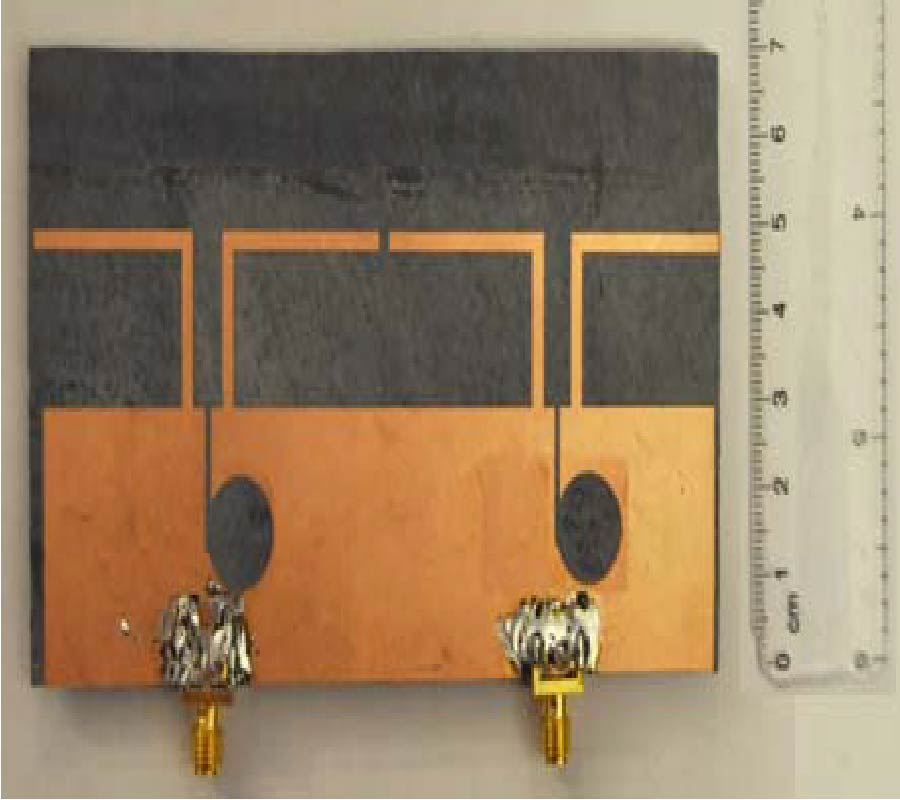2016-12-16 Latest Published
By Liwei Cui
Weimin Wang
Zheng Zhuang
Shulan Li
Yongle Wu
Yuan'an Liu
Progress In Electromagnetics Research Letters, Vol. 64, 133-139, 2016
Abstract
A new design of high selectivity wideband bandpass filter based on transversal signal-interaction concepts loaded with open and shorted stubs is proposed in this paper. Two transmission paths are used to realize signal transmission. Path 1 is composed of a T-shaped structure with shorted stub, and Path 2 consists of two open coupled lines loaded with open stubs. A wide five-order passband and high selectivity stopband with four transmission zeros can be achieved in the proposed filter. Finally, a wideband bandpass filter operating at 3 GHz with 3-dB fractional bandwidth of 83.3% (1.55 to 4.05 GHz) is designed, fabricated, and measured. Good agreement between the simulation and experiment is obtained.
